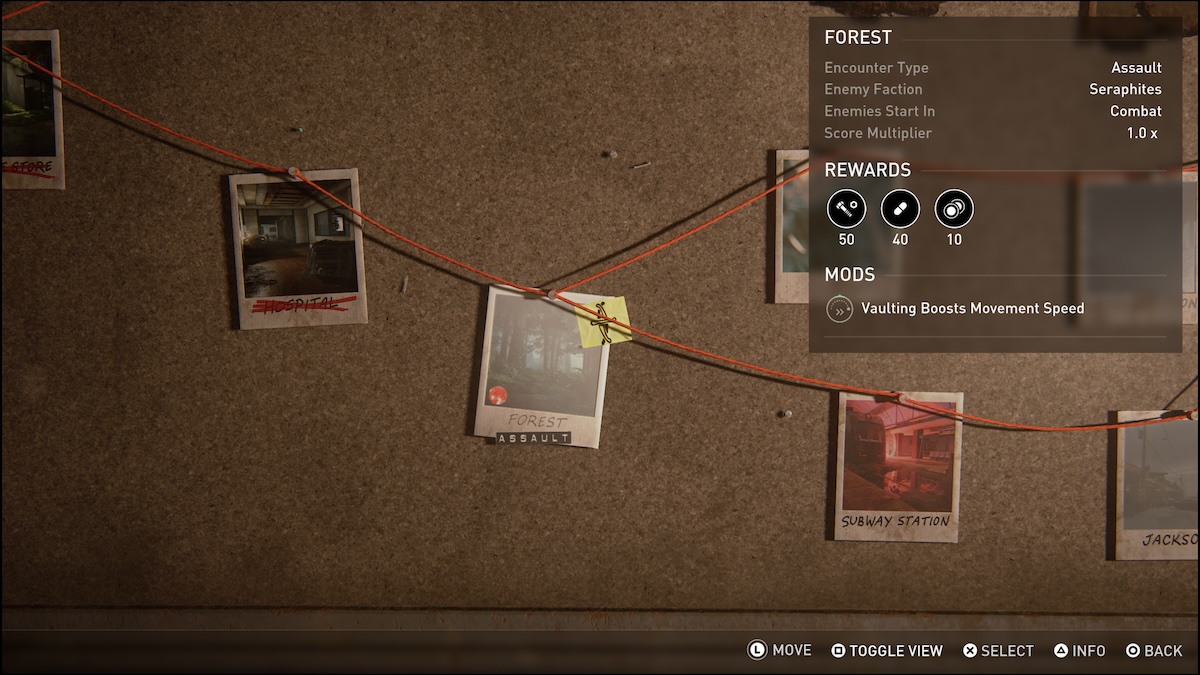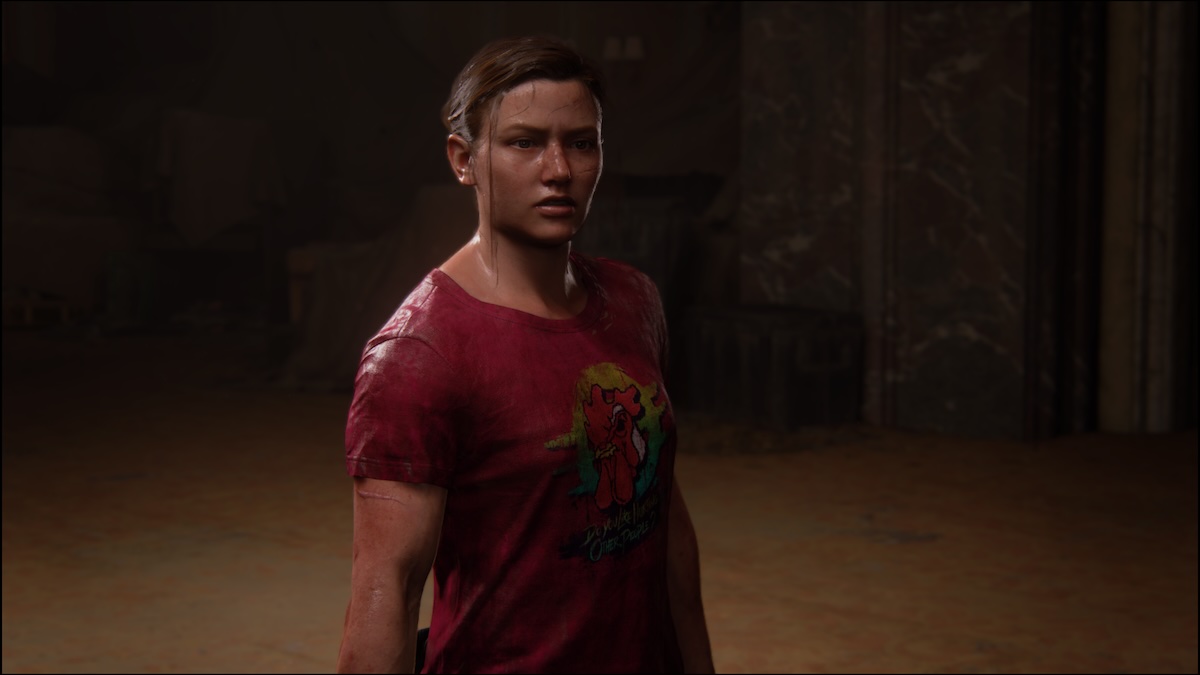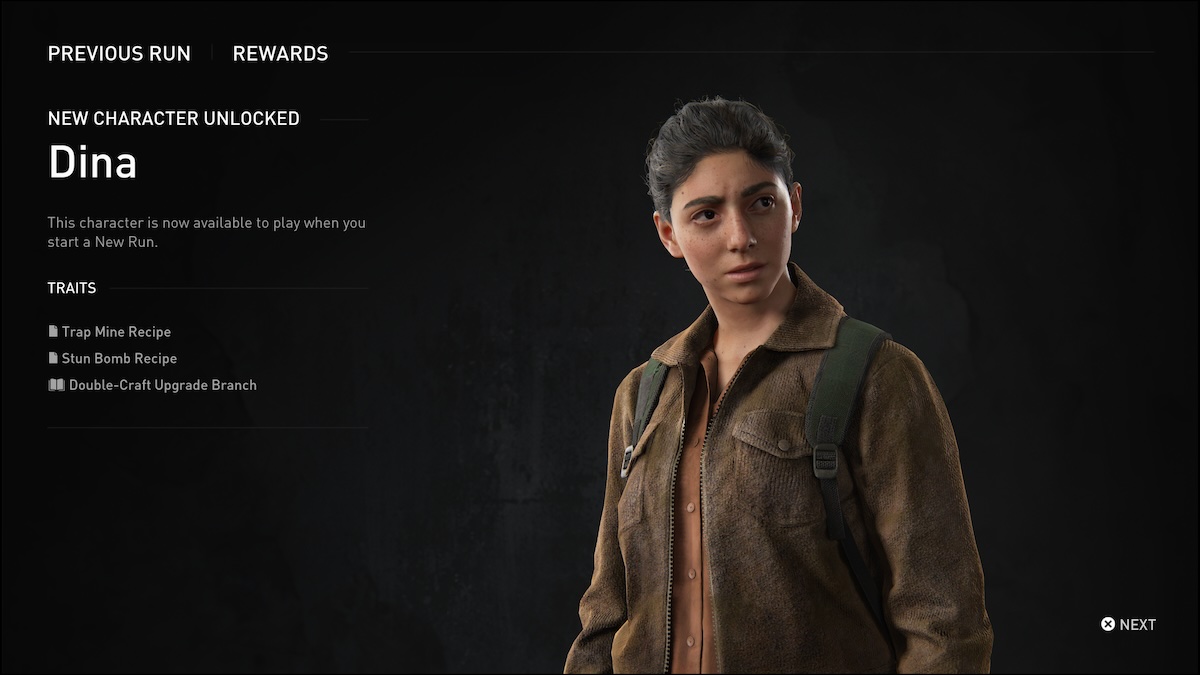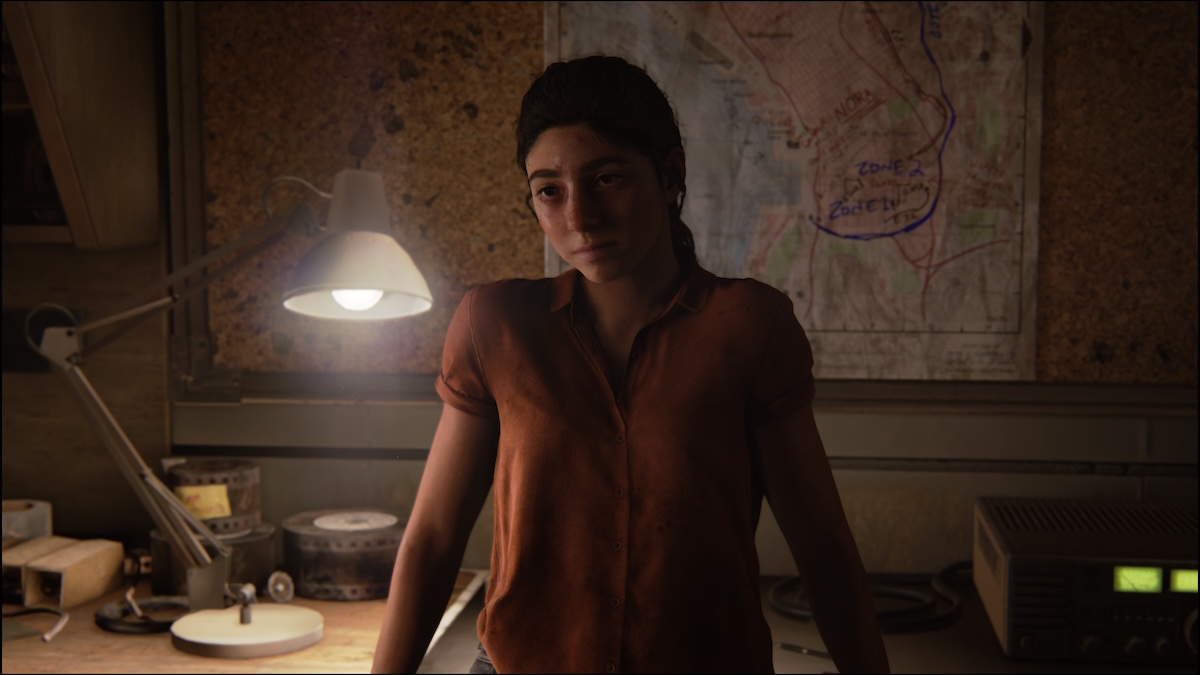One of the biggest draws of The Last of Us Part 2 Remastered is the inclusion of No Return which is a roguelike mode.
As a fan of TLOU 2‘s gameplay, this is a mode I’ve spent some time in and I’m surprised at how fleshed-out it is, and how much content is available. It’s a high-stakes gaming experience that has you taking on randomized encounters that test your skills and endurance.
If you’re curious about The Last of Us Part 2 Remastered‘s No Return mode and whether it’s worth getting the game for it, this guide will give you the information you need to make the right choice for your gaming library and wallet.

What is No Return mode?
As previously stated, it’s a roguelike mode featuring randomized encounters. You have control over some factors, including which character you play and the locations where the encounters occur. There are no new environments – you’re dealing with places you’ve explored before in the main game including the flooded mall, Jackson, the hardware store, and the Seattle TV station.
After you’ve completed a sequence, you’ll be taken back to a hideout. Here, you can modify weapons and claim any upgrades you’ve earned. There’s also a board where you can pick where your next encounter will occur. The enemy encounters are organized into “runs.” You’ll need to upgrade your weapons from scratch with each run, and the kinds of weapons available are randomized.
When you reach the end of the run, you face off against one of six enemy bosses. To make sure you’re always on your toes, death is permanent in this mode, and dying means starting from scratch, upgrading your weapons, and regaining all your lost progress.

Types of encounters in No Return mode
Not all enemy encounters are the same, and you’ll presented with different types of challenges. The four main types are:
- Assault – enemies come at you in waves. Survive, and you’ll get to make it back to your hideout for some sweet upgrades.
- Capture – the goal is to break into the enemy faction’s safe. Of course, it’s heavily guarded so you’ll have to strategize your approach.
- Holdout – you and an AI buddy defend yourselves against an onslaught of enemies.
- Hunted – you’re on a timer, and the goal is to stay alive in the allotted time as you have foes thrown at you.

Additional features in No Return mode
Ellie and Abby aren’t the only playable characters. You can also play as characters from Jackson, the Seraphites, and the WLF. Some of these are available from the beginning while others have to be unlocked. There’s also a leaderboard where you can compare your performance with other players.

Is No Return mode worth it?
No Return is a good game mode. Far from being a simple level selector, it immerses you in an experience you can feel invested in while testing your skills when it comes to TLOU 2‘s combat. The skins unlocked for the base game aren’t too interesting, but completing challenges does unlock new characters for No Return, and this alone is reason enough to care about the mode. You’ll potentially get hours of fun out of it in part thanks to the bounty of content there is to unlock.
If your attraction to the series is more based on its narrative, this mode won’t appeal to you at all. It doesn’t expand the story, or add details that you may be interested in. Nevertheless, other content in the remaster may be more enticing in that regard.














Published: Jan 16, 2024 09:00 am